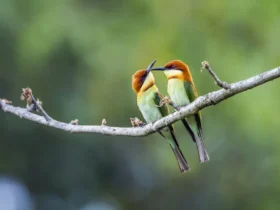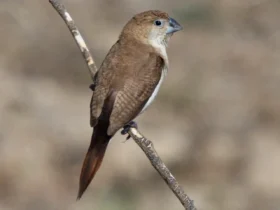In the woodlands and forests of North America, a bird of vibrant colors and captivating behavior graces the trees—the Red-Headed Woodpecker (Melanerpes erythrocephalus). With its eye-catching appearance, distinctive markings, and remarkable role in ecosystem health, this woodpecker species has captured the attention of bird enthusiasts, naturalists, and all those who appreciate the beauty of the wilderness. In this article, we delve into the captivating world of the Red-Headed Woodpecker, exploring its appearance, behaviors, habitat, and its significance as a charismatic avian inhabitant of North America.
Red-Headed Woodpecker images
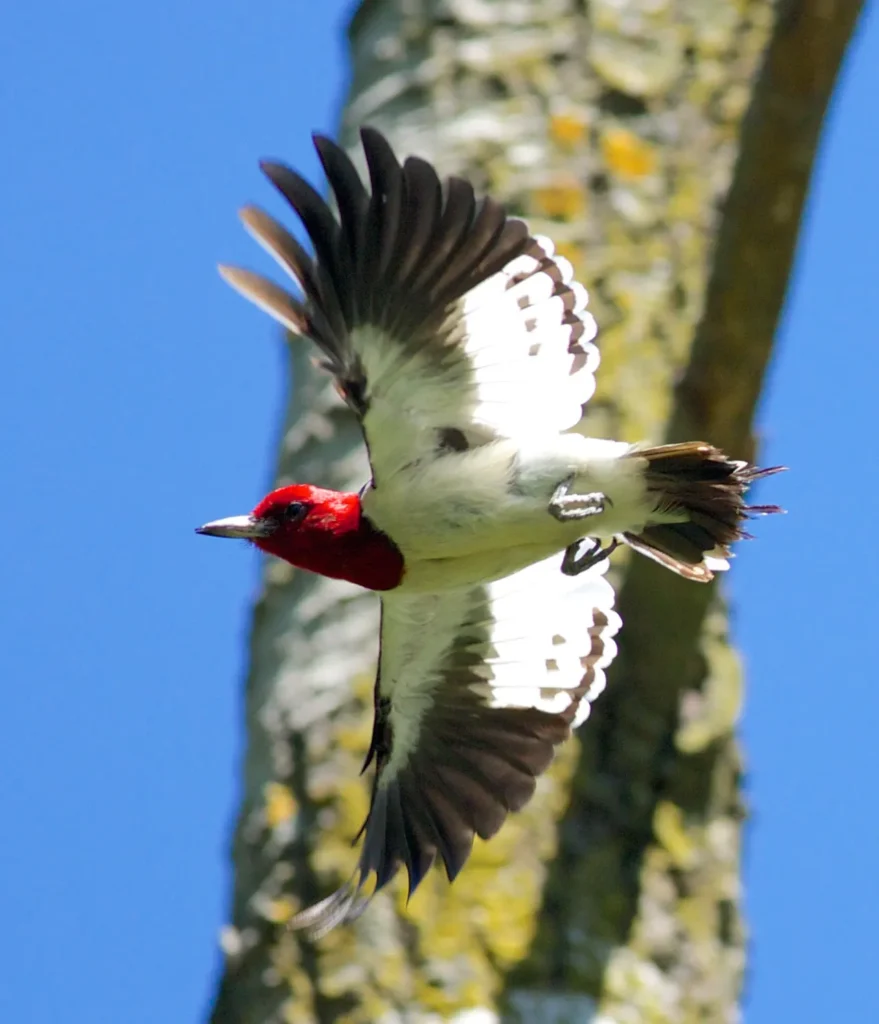
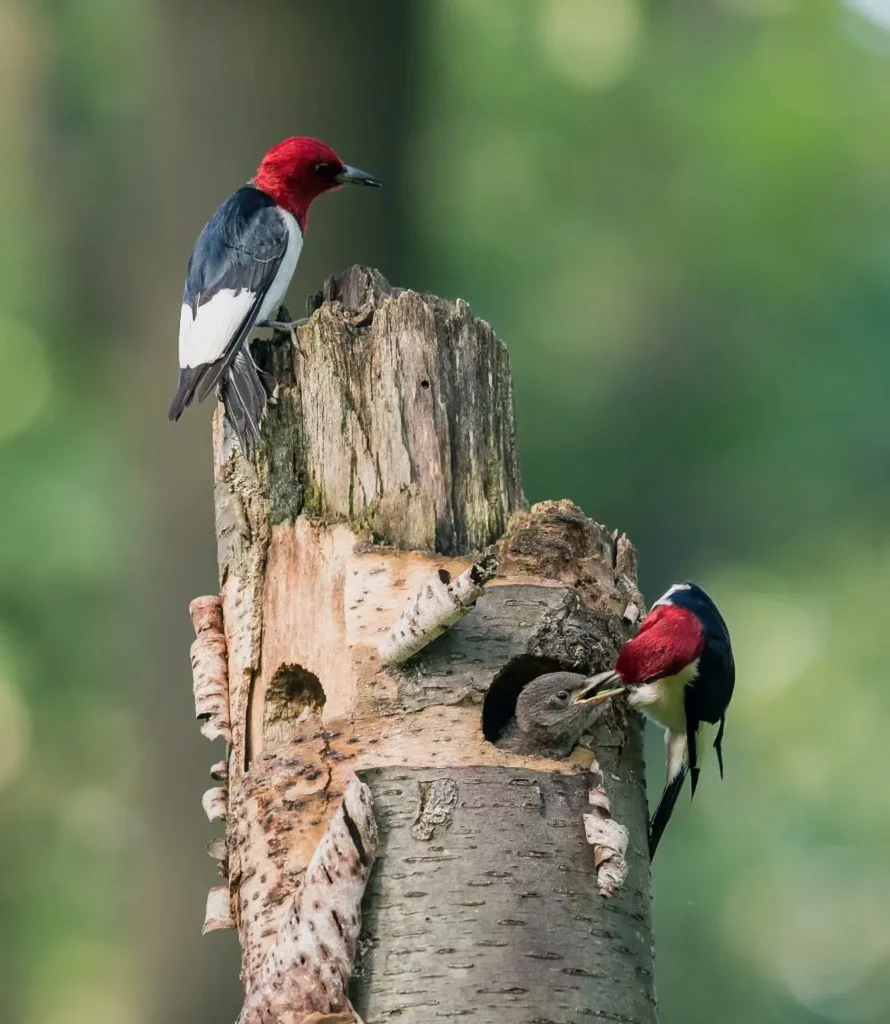
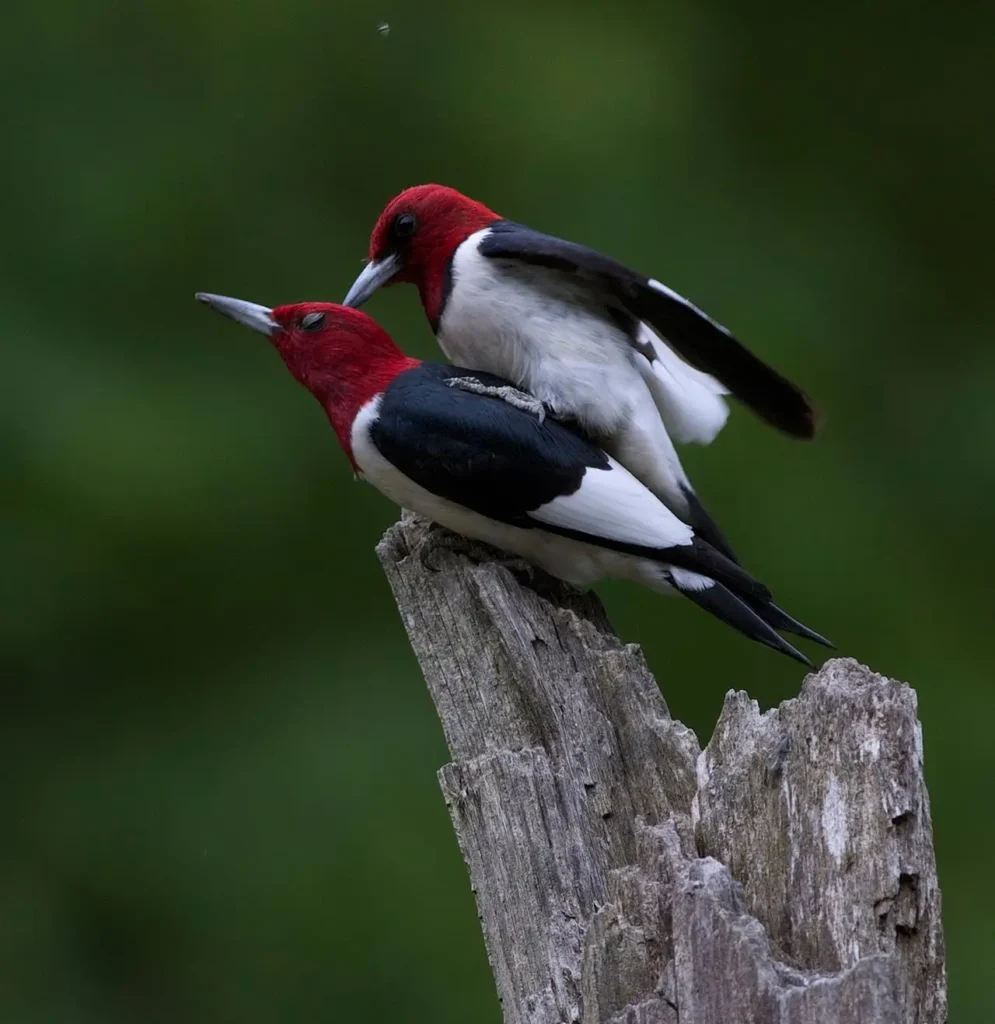
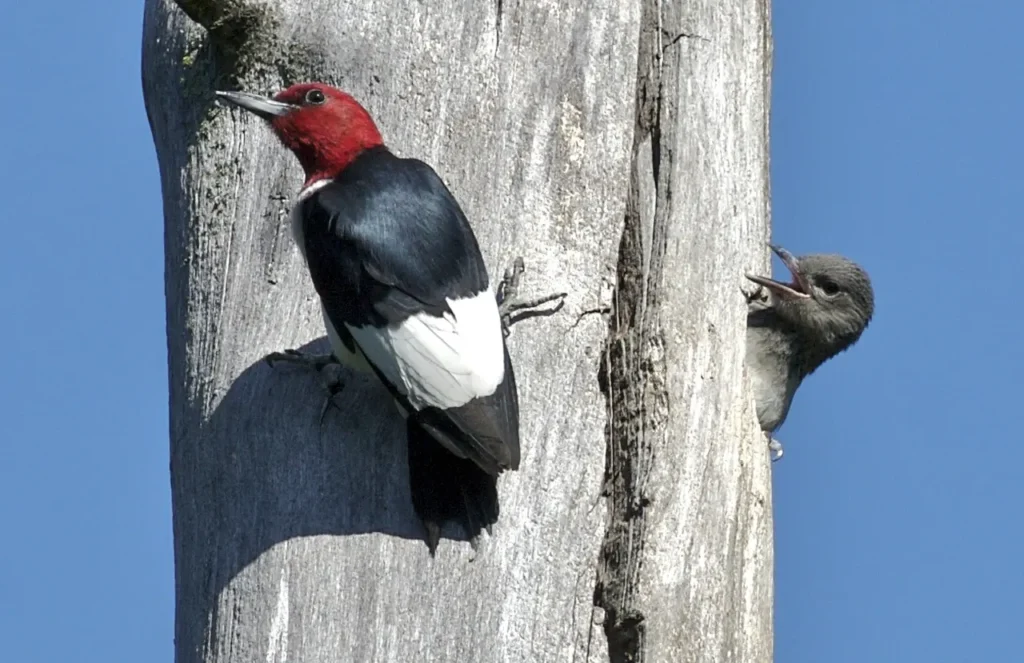
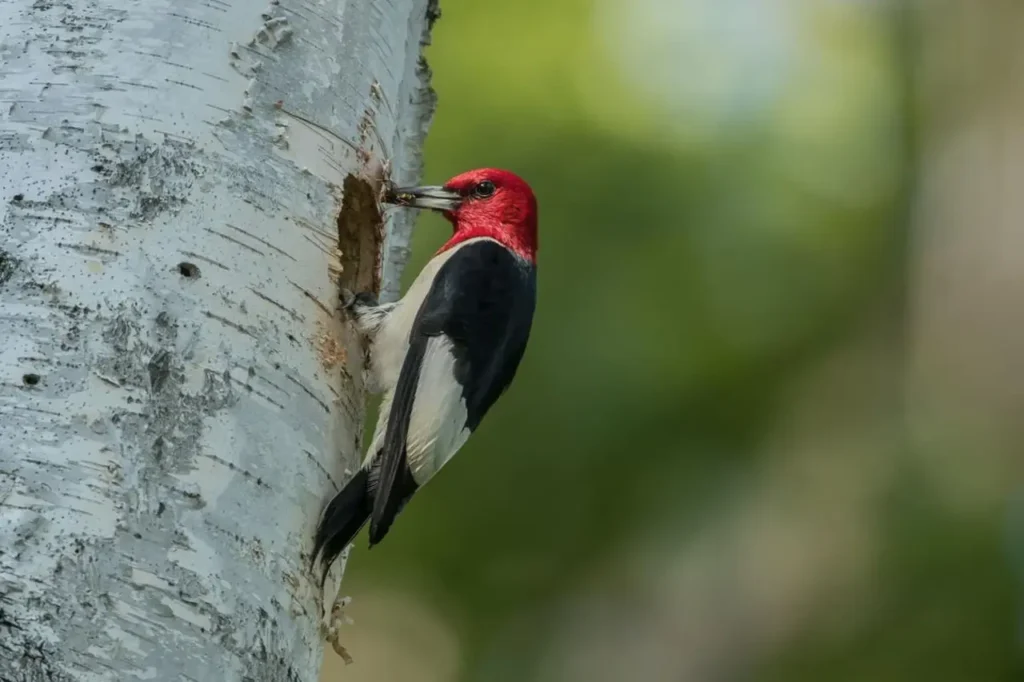
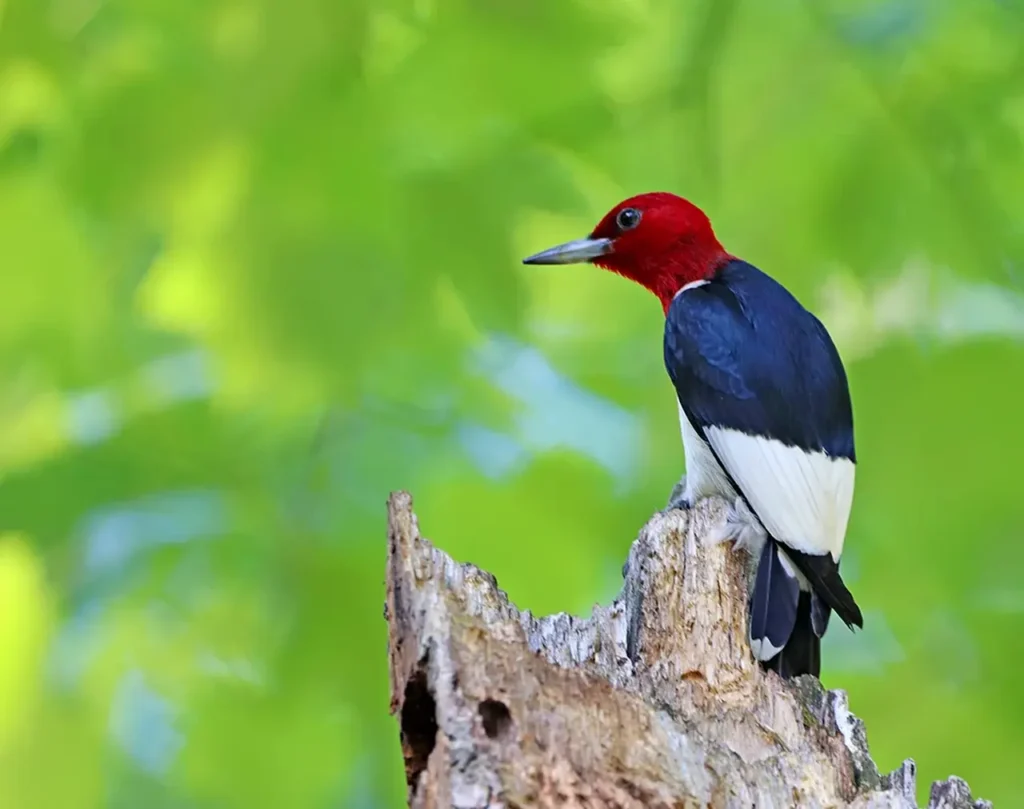
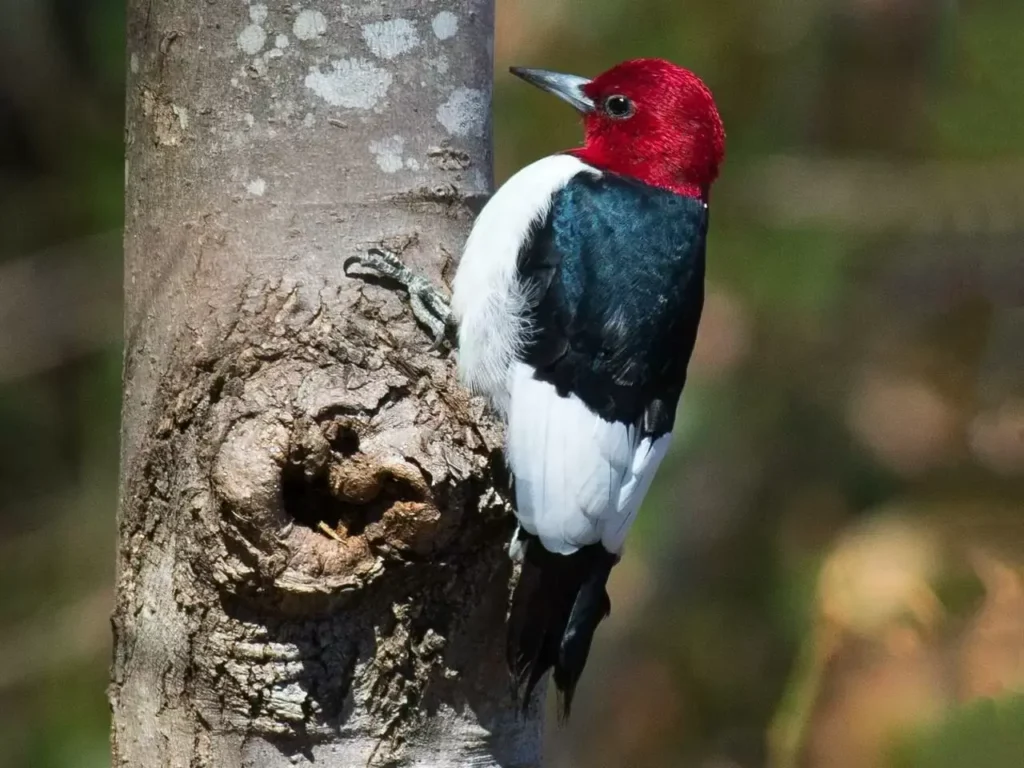
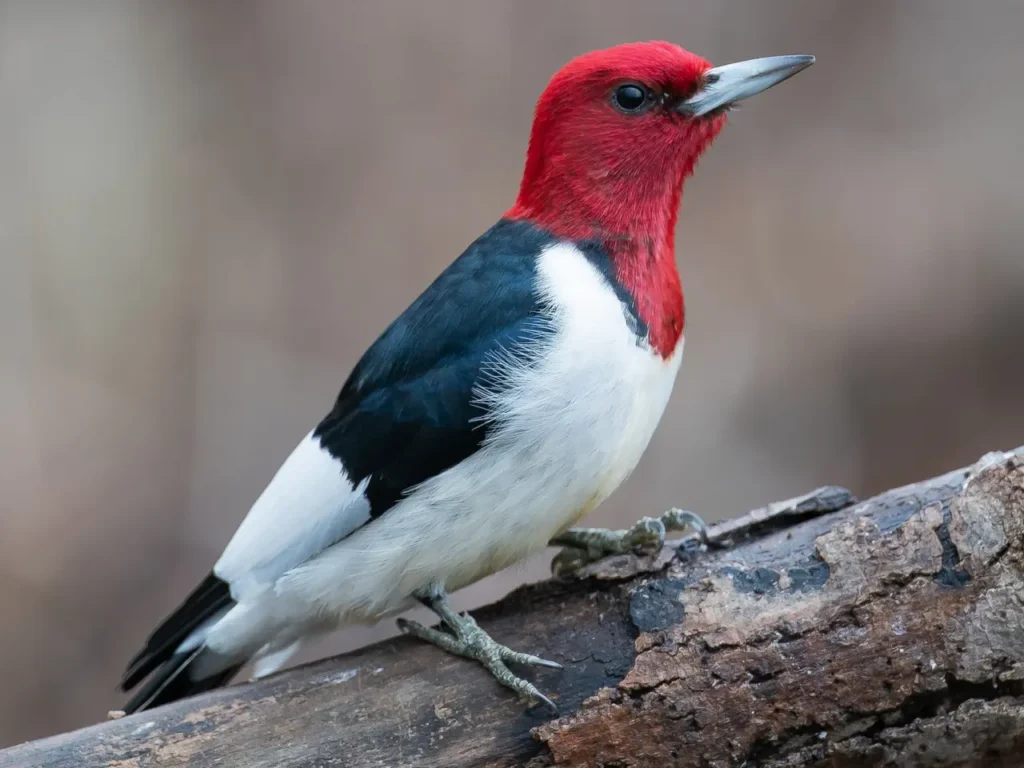
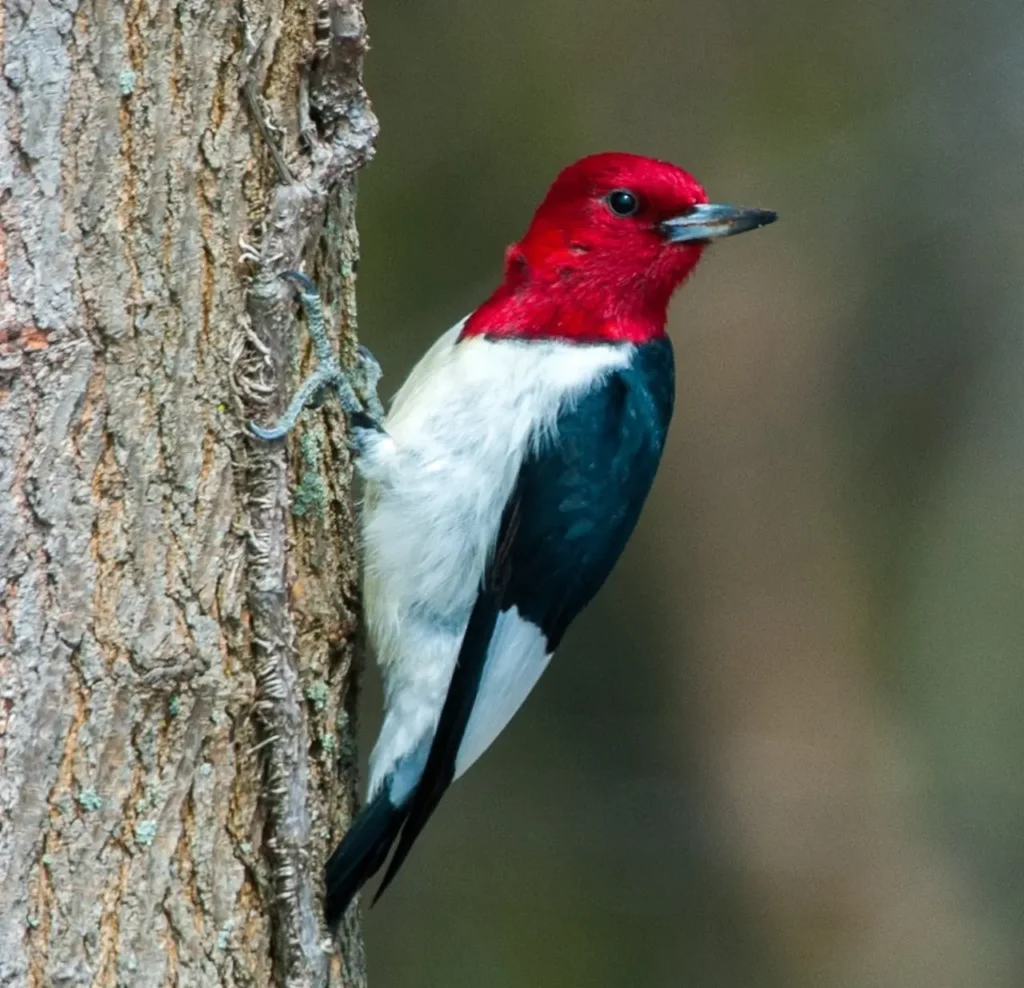
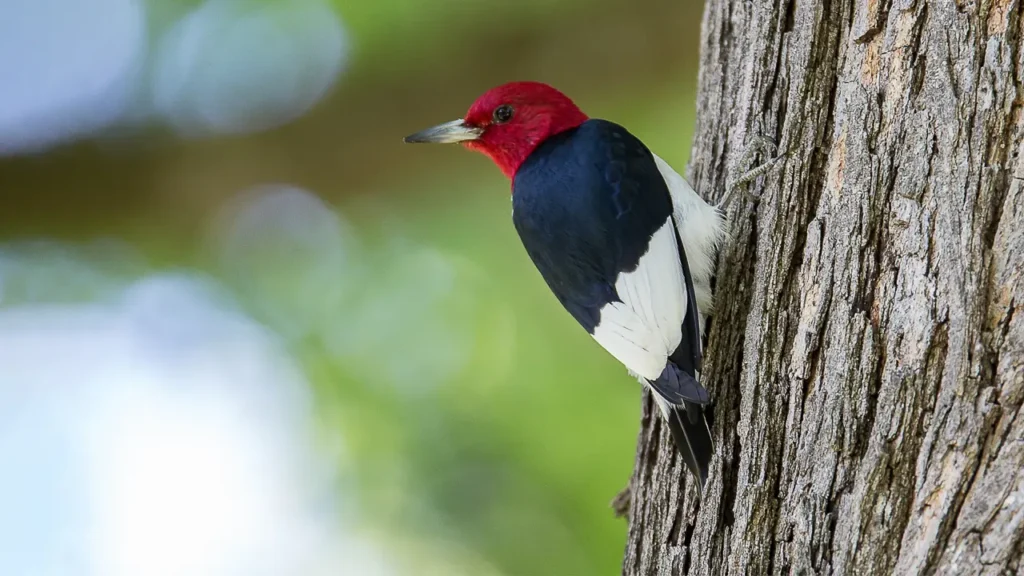
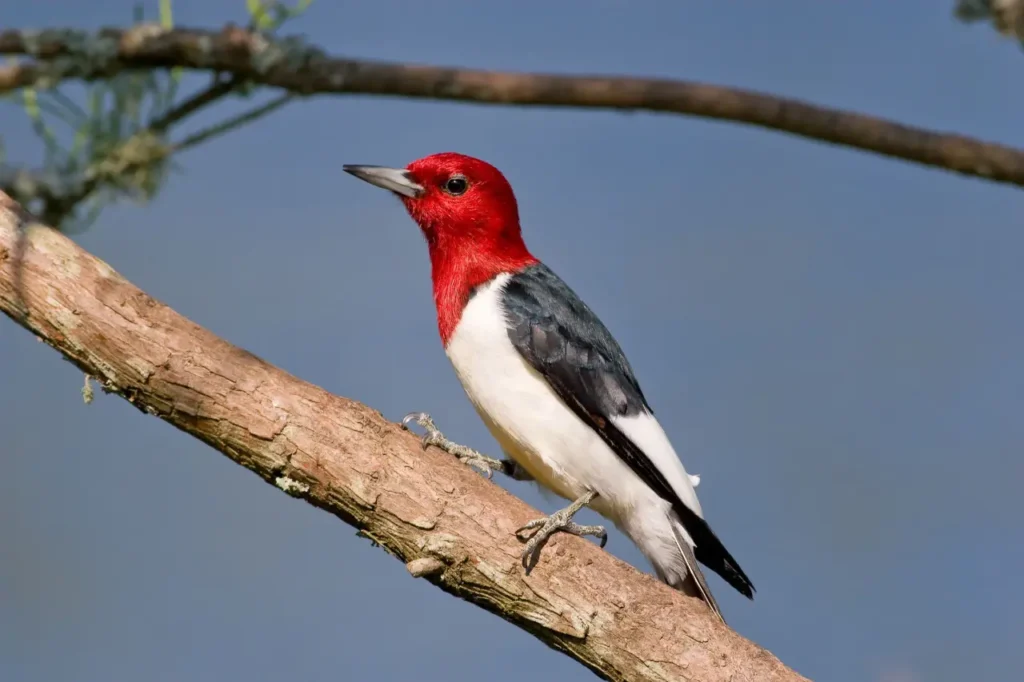
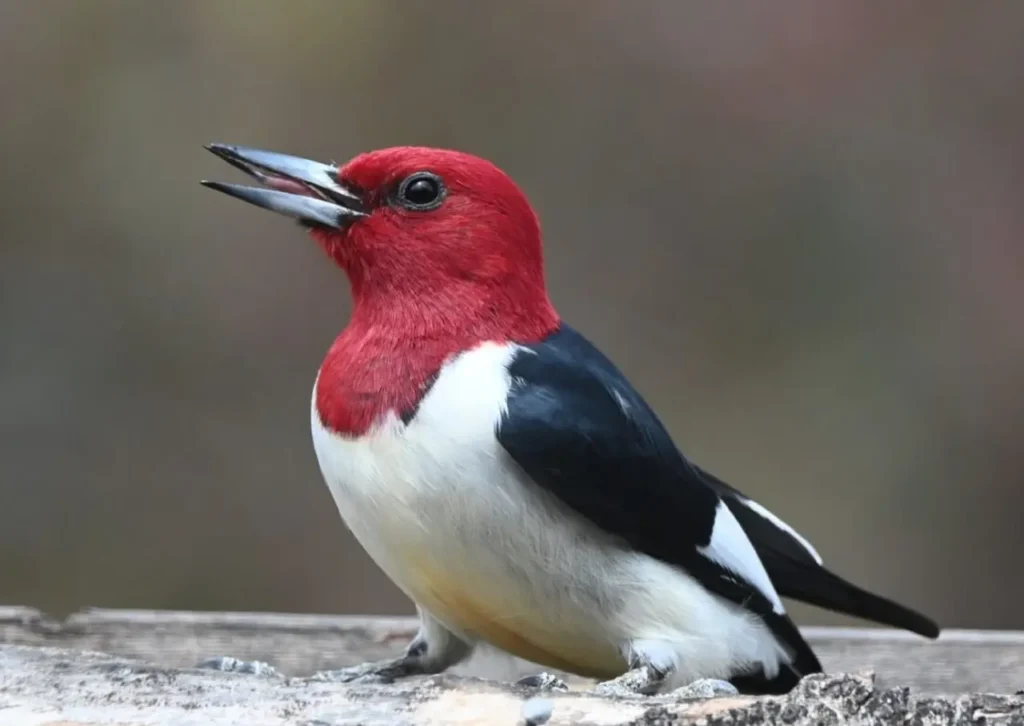
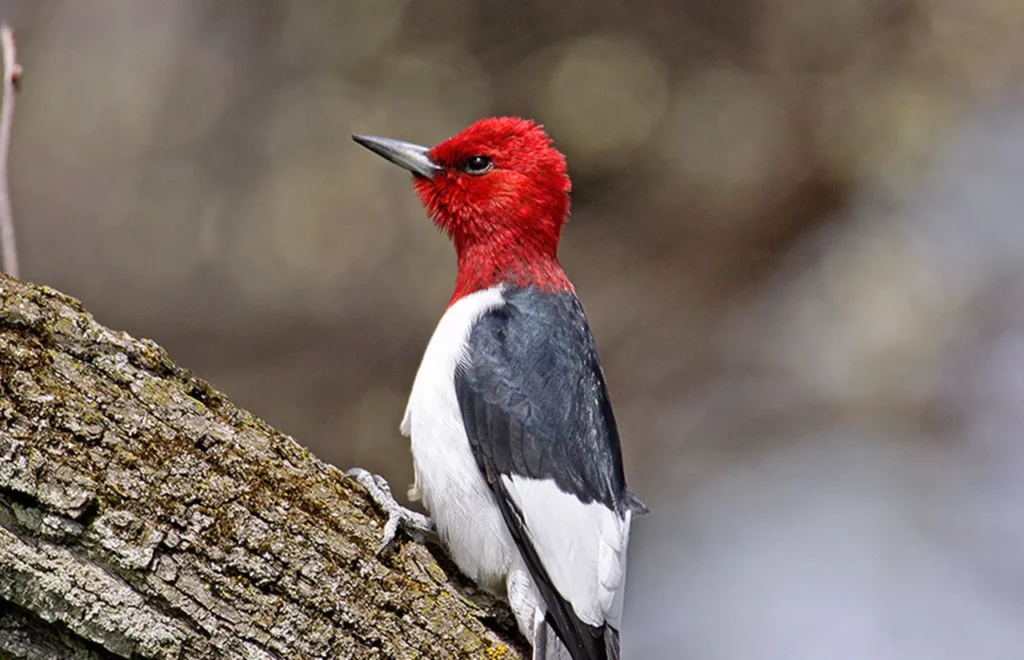
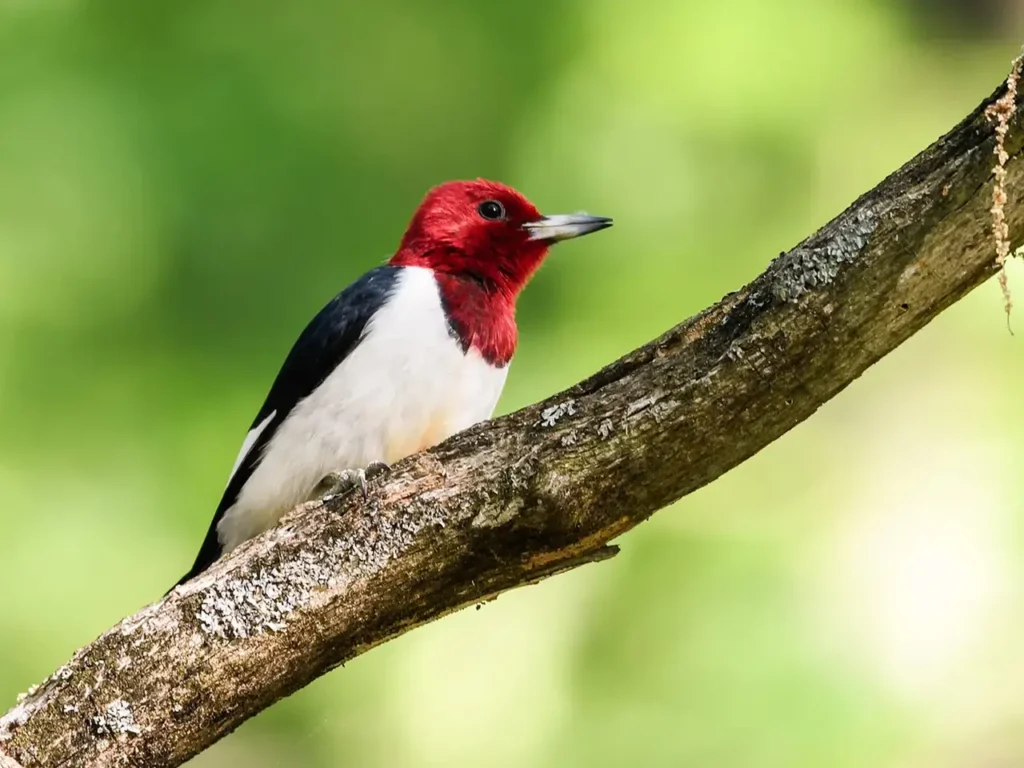
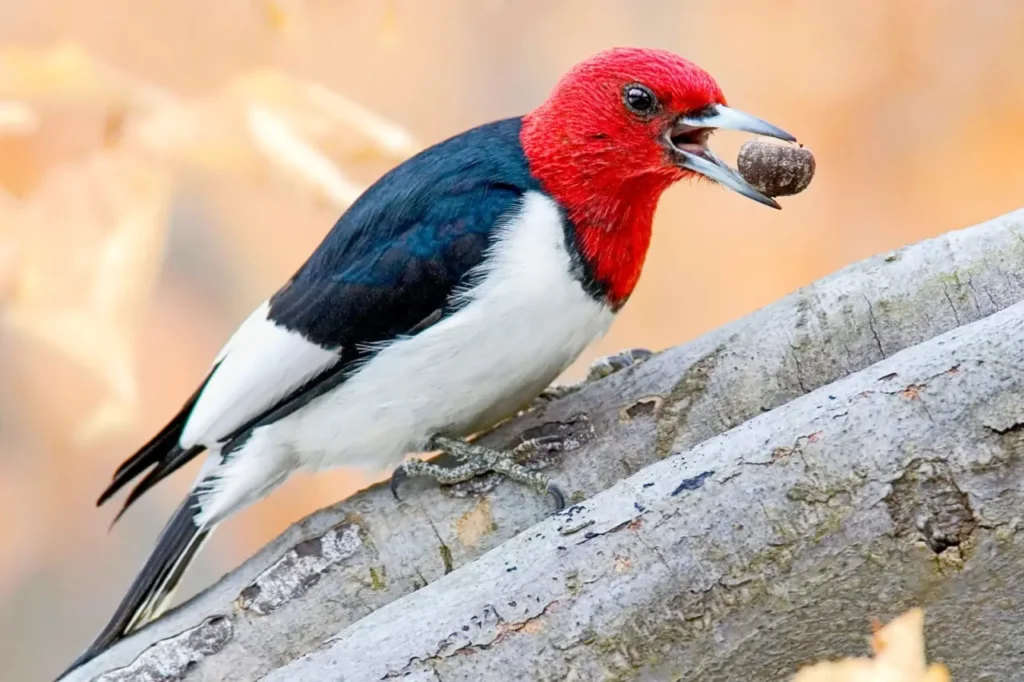
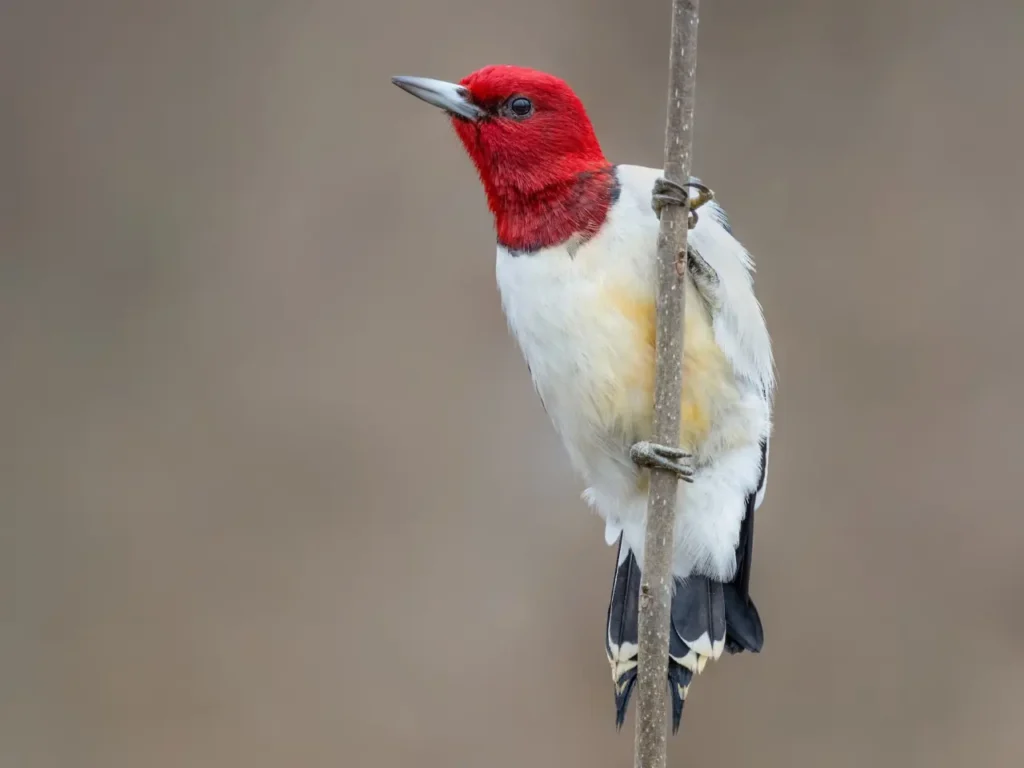
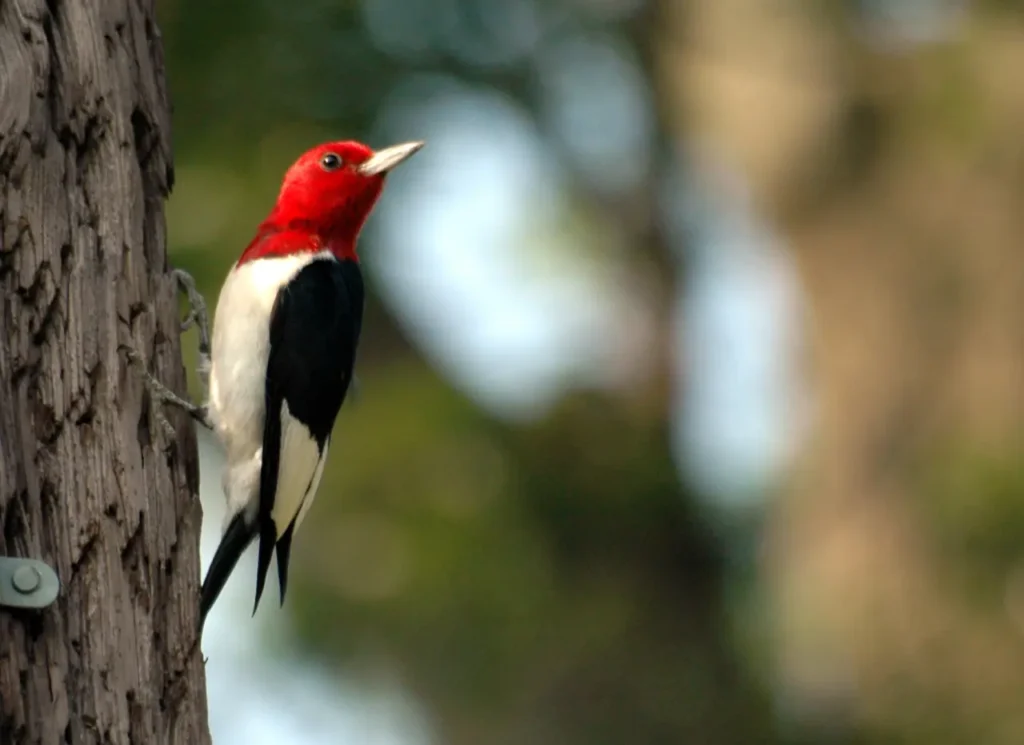
Appearance and Characteristics
The Red-Headed Woodpecker is instantly recognizable by its striking plumage. Its vivid red head, contrasting against its gleaming white body and glossy black wings, creates a captivating and memorable appearance. Both males and females share this distinctive coloration, with juveniles displaying similar markings but with a more mottled pattern.
Behavior and Foraging
Known for its agile and acrobatic behavior, the Red-Headed Woodpecker is an expert at clinging to tree trunks and branches. It uses its strong bill to drum on trees in a series of rapid knocks, not only to communicate but also to search for insects beneath the bark. In addition to insects, they also feed on fruits, nuts, and seeds, making them versatile foragers.
Habitat and Range
The Red-Headed Woodpecker inhabits a range of environments, including deciduous woodlands, open forests, orchards, and urban parks. Their range spans across North America, from southern Canada to the southern United States. These woodpeckers are often found in areas with mature trees and open spaces where they can easily forage and locate food.
Conservation and Challenges
While not currently listed as endangered, the Red-Headed Woodpecker has experienced declines in some regions due to habitat loss, deforestation, and the removal of dead trees that serve as important nesting sites. Conservation efforts emphasize preserving suitable habitats, promoting responsible forestry practices, and raising awareness about the importance of maintaining healthy ecosystems.
Ecological Importance
The Red-Headed Woodpecker plays a vital role in its ecosystem by controlling insect populations, especially those harmful to trees. By excavating cavities in dead or decaying wood, they provide nesting sites for themselves and other cavity-nesting birds, contributing to the biodiversity of the forest.
Cultural and Symbolic Significance
The Red-Headed Woodpecker has left its mark on culture and folklore. It has been celebrated in literature, art, and even inspired state symbols in some regions of North America. Its vibrant colors and distinctive behavior have made it a beloved symbol of the natural world.
Conclusion
The Red-Headed Woodpecker, with its vibrant plumage, lively behavior, and ecological significance, stands as a testament to the wonder and diversity of North America’s woodlands. Whether observed drumming on a tree trunk, soaring through the forest, or commemorated in stories and artworks, these woodpeckers remind us of the beauty, resilience, and interconnectedness of the natural world. By advocating for their conservation and appreciating their role in maintaining healthy ecosystems, we honor the timeless beauty and vital importance that the Red-Headed Woodpecker brings to our shared environment.
